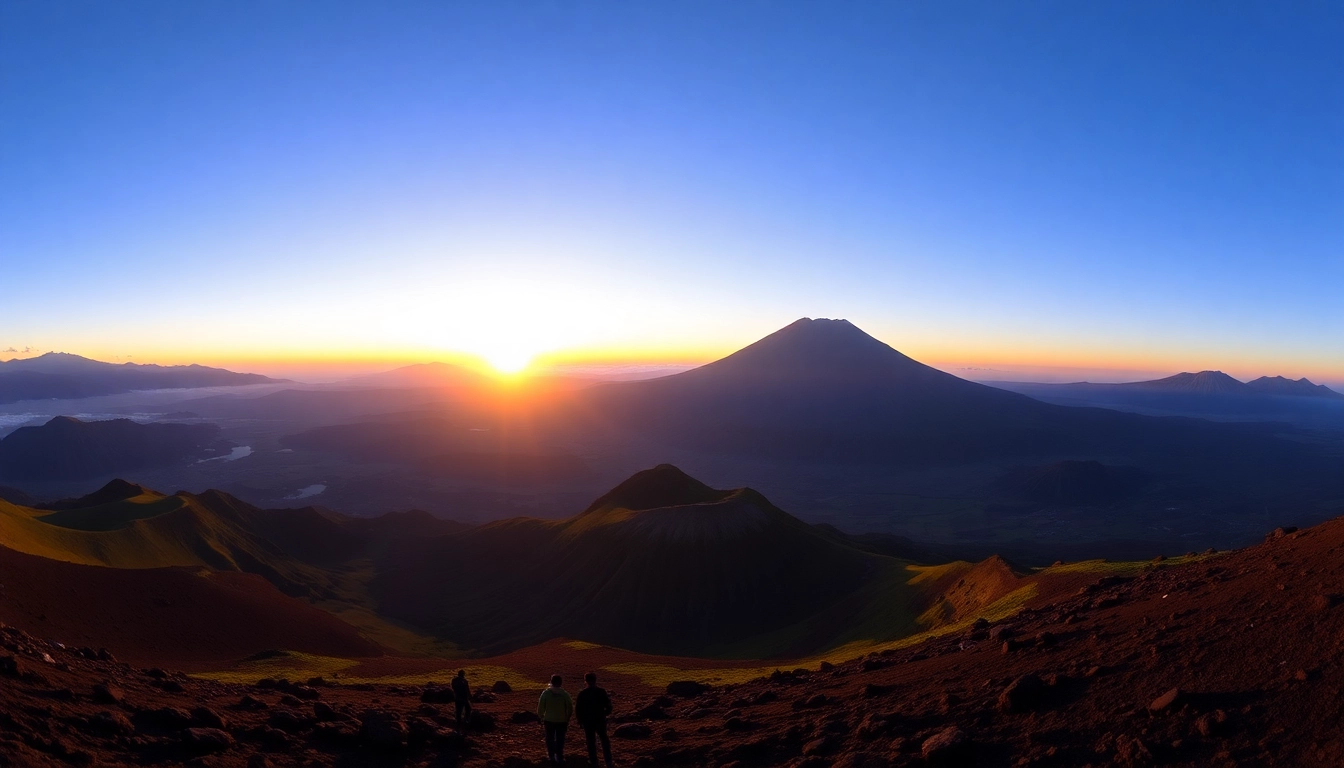Understanding Mt. Rinjani: Facts and Significance
Mount Rinjani stands as Indonesia’s second-highest volcano and a prominent natural marvel on Lombok Island. Towering at an impressive 3,726 meters above sea level, this active volcano is not only a geological wonder but also a vital cultural icon for local communities and a globally recognized adventure destination. Its towering presence dominates the landscape of Nusa Tenggara Barat and forms the centerpiece of the Rinjani National Park, a UNESCO-protected area home to diverse flora, fauna, and breathtaking landscapes. For travelers and nature enthusiasts alike, understanding the geographical, geological, and cultural aspects of Mt. Rinjani provides a richer appreciation of this remarkable destination.
Discover more about Mt. Rinjani and plan your next adventure to explore its majestic peaks and vibrant ecosystems. This exploration dives deep into the mountain’s formation, history, recent volcanic activity, and the cultural significance it holds for local populations and global travelers.
Geographical and Geological Overview of Mt. Rinjani
Location and Physical Features
Situated on Lombok Island, within the boundaries of the Gunung Rinjani National Park, Mt. Rinjani spans about 41,330 hectares. Its rugged terrain is characterized by a prominent caldera, which measures roughly 16 km in diameter. At the heart of this caldera lies the Segara Anak Crater Lake, a stunning cobalt-blue body of water filling an active volcanic crater. The mountain’s summit reaches 3,726 meters, commanding panoramic views of the surrounding islands and oceanic landscapes.
Volcanic Formation and Structure
Rinjani is a stratovolcano formed through countless eruptions over millennia, characterized by layers of hardened lava, ash, and volcanic rocks. It belongs to the Sunda Arc, a major volcanic island chain resulting from the subduction of the Indo-Australian Plate beneath the Eurasian Plate. Its ongoing activity is driven by complex tectonic processes, making it a focus area for volcanologists studying volcanic behavior and hazards in Southeast Asia.
